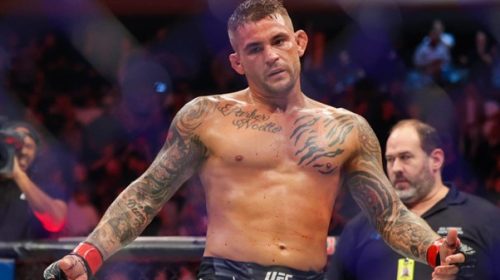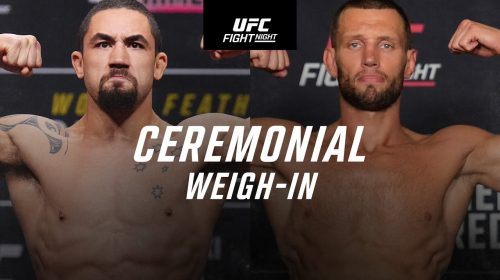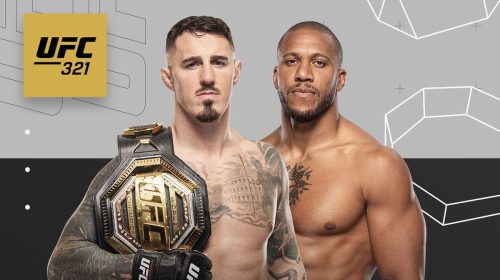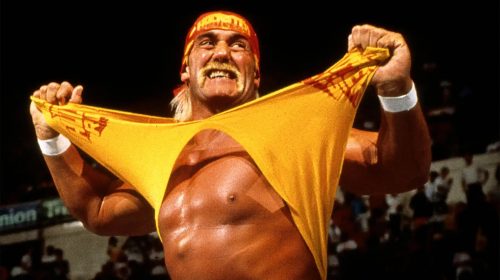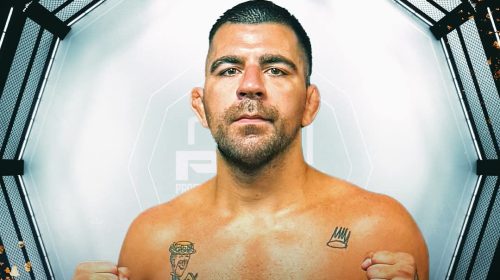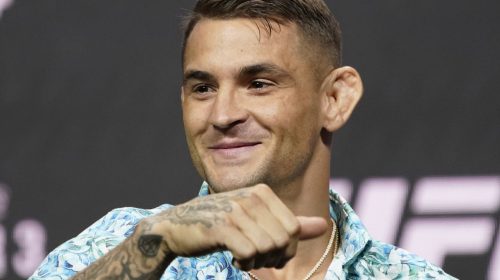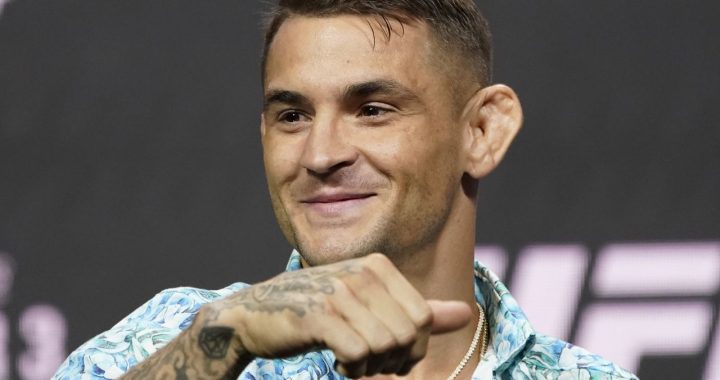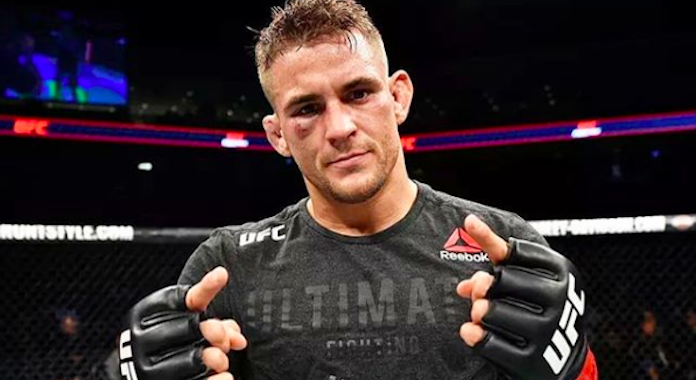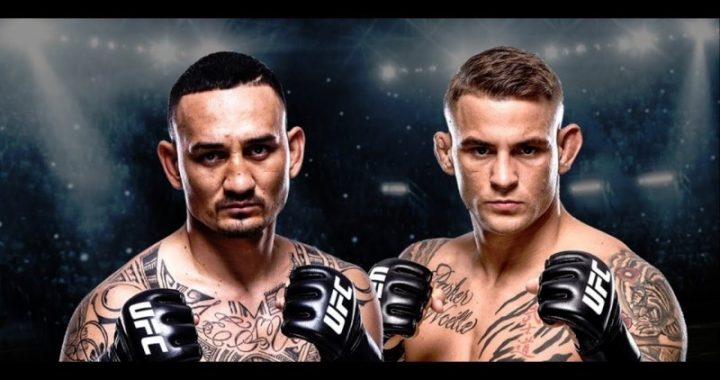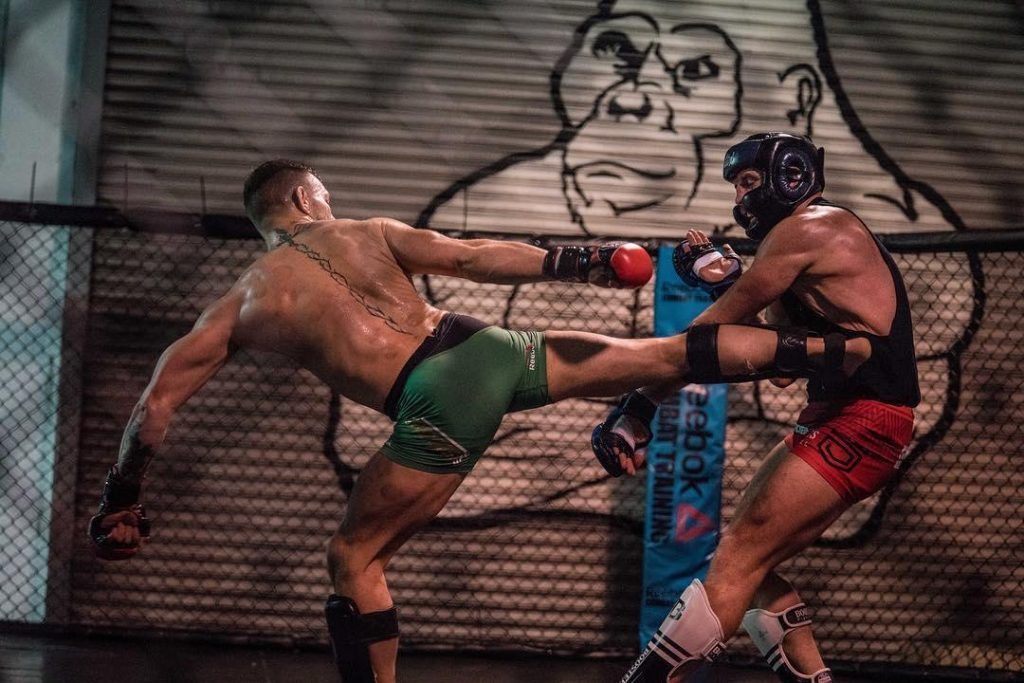
How training camps have changed in the UFC
Sports science has undoubtedly revolutionised the way most top-class sports are played, helping to raise standards onto a whole new level.
Mixed martial arts (MMA) is a perfect example of this in action, with the leading exponents utilising specialised training techniques to maximise their performance.
The UFC is undoubtedly the industry leader when it comes to MMA, with the company continually attracting the world’s best male and female fighters across the different weight classes.
Their renowned Performance Institute was established back in 2014 to support its athletes, implementing ‘world-leading science, innovation and technology that is unmatched in global combat sports’.
The $14 million, 30,000-square foot facility was the world’s first MMA centre dedicated to multi-disciplinary research designed to enhance athletic performance.
The Institute’s respected staff create bespoke training plans for UFC stars, providing them with an in-depth insight into their performance levels on an ongoing basis.
The fighters are able to access an integrated hypoxic laboratory that simulates altitude training in order to boost their endurance, speed and powers of recovery.
These innovative techniques are then incorporated by the fighters within their own training regimes as they prepare for their next bouts.
Read on as we look at how the gruelling UFC training camps have changed in recent times as a result of sports science.
McGregor embracing rest and recovery
Rest and recovery have become an integral part of modern training techniques in major sport and the UFC is certainly no different in that respect.
The UFC’s Performance Institute encourages fighters to use its excellent facilities to boost performance and aid recovery both before and after fights.
Hot and cold plunge tanks, an underwater treadmill, sauna & steam rooms and a cryotherapy chamber are amongst the impressive resources available to athletes.
The Institute also encourages fighters to utilise its nap pods to recharge their batteries, in addition to offering advice about how to optimise their sleep environment at home by using the best mattresses, eliminating light and sound sources, and healthy pre-sleep habits.
This rest and recovery ethos has been fully embraced by many of the UFC’s top stars, including former featherweight and lightweight champion Conor McGregor.
The Irishman’s coach, John Kavanagh, gave an insight into McGregor’s training regime ahead of his recent fight with Donald Cerrone.
“With Conor’s fighting IQ, with Conor’s understanding of the game, really, this training camp is about all of us getting out of his way,” Kavanagh said.
“Provide him an environment where he gets different looks, different feels, and support him. Where he wants the training camp to go, with intensities, and listening to him – where he has days where he has days where he wants to push hard and days where he wants to slow down.
“It’s not so much about us coaches sitting down to game plan and then filling Conor in. Conor knows more about fighting than the rest of us put together.”
Specialised training camps the name of the game
The UFC’s top fighters have changed tack with their training in recent years, moving away from ‘super-camps’ and onto more individualised regimes.
The best fighters are now more inclined to follow a similar path to boxers, staying loyal to a particular gym and coaches who specialise in the different MMA disciplines.
Training partners are more likely to be carefully selected, rather than the scattergun approach favoured during super-camps.
Current heavyweight champion, Stipe Miocic, is an excellent example of how specialised training camps have boosted his performance levels.
He has remained loyal to his coaching team for many years and that loyalty was rewarded when he knocked out Daniel Cormier at UFC 241 back in August 2019.
That victory saw Miocic regain the title and cement his legacy as one of the finest heavyweights to ever grace the UFC.
A key part of Miocic’s training is his nutritional intake, which has been overseen since 2012 by Croatian-Canadian Dr. Paul Biondich.
He was worked with athletes across the sporting spectrum, tailoring bespoke nutrition programs for players in ice hockey, baseball, soccer and combat sports.
Biondich says an important part of his role is to separate fact from fiction when it comes to sports nutrition to ensure that his athletes receive accurate advice.
His methods have paid undoubtedly paid dividends for Miocic, with the 37-year-old currently at the top of his game.
“The majority of my nutritional focus was on how to optimise and maximise both his anaerobic and aerobic systems,” said Biondich.
“In combination with his physical training program designed by his strength coach Bob Kaleal and with a specific nutritional/supplemental program to maximise endurance, Stipe has not only gone five rounds three times, but also set the UFC record for most punches thrown/landed in ANY weight division.
“We also know that no matter how much you plan for fights, unexpected situations can happen that alter an athlete’s expected performance.”
As the margins in UFC get narrower, preparation becomes more important. Unlike the early days, it’s not good enough to have raw MMA talent (cough-Ben Askren-cough) – you need the best training.
